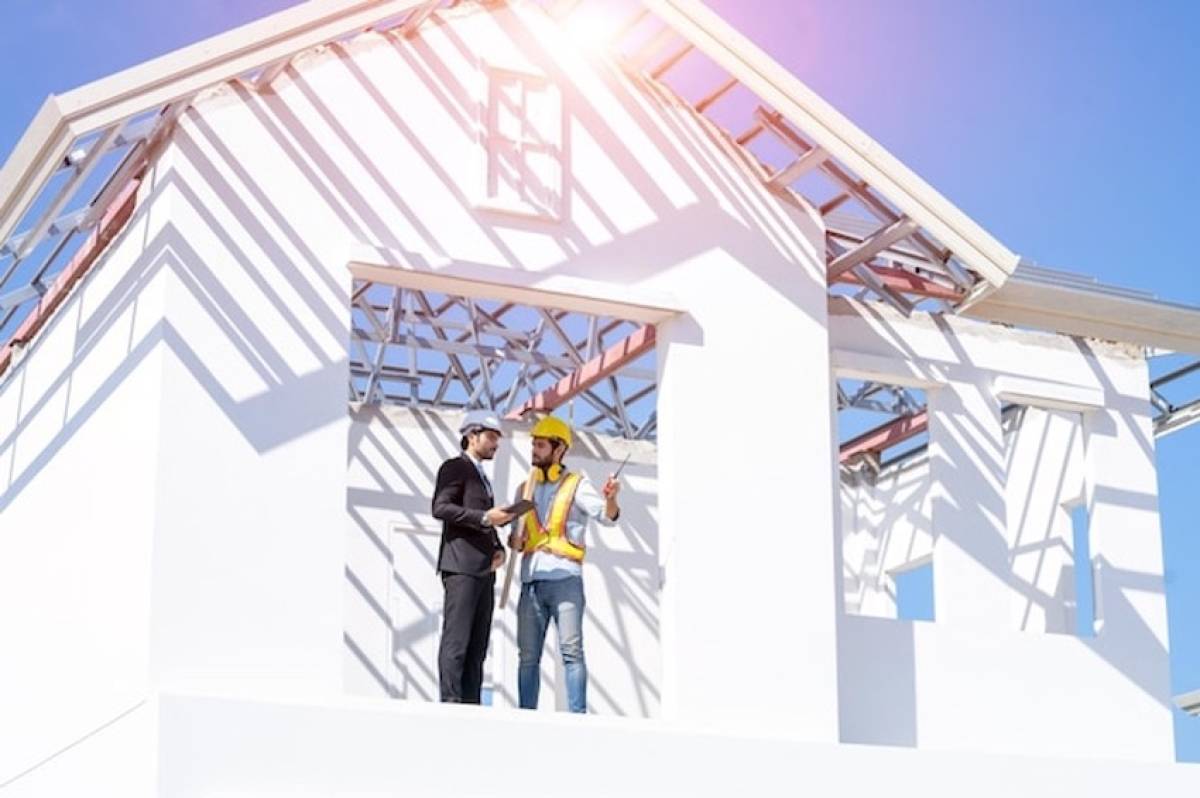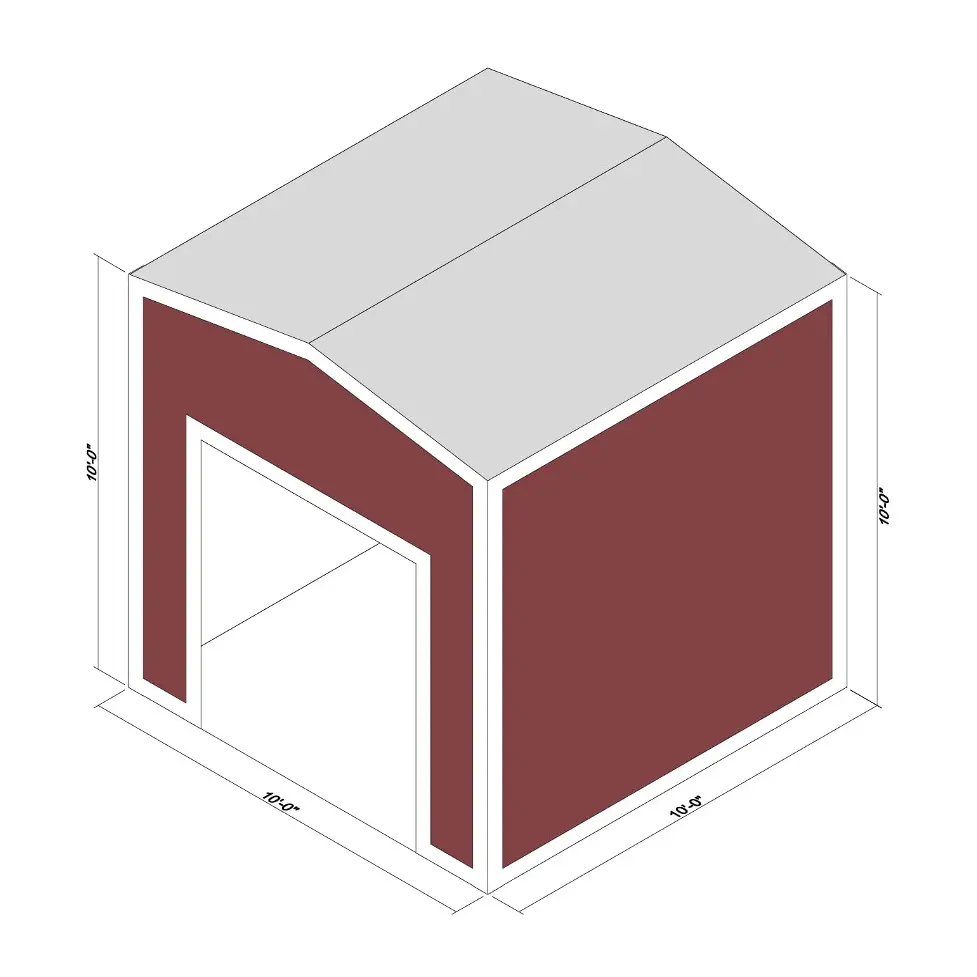Steel Building Kits vs. Traditional Building Methods: Which is Better?

There are two main options when constructing a new building: building kits and traditional building methods. Each approach has its pros and cons, and ultimately, the choice comes down to the project's specific needs.
In this article, we’ll highlight the advantages and disadvantages of steel building kits and traditional building methods, using a 10 x 10 x 10 steel building kit as an example.
But first…
What is a Steel Building Kit?
It is a prefabricated structure made of steel components designed to be assembled on-site. The kit typically includes all the necessary parts, such as the frame, walls, roof, and doors, along with detailed instructions for assembly.
Steel building kits are available in various sizes and styles, and they can be used for multiple purposes, from storage sheds and workshops to commercial buildings and warehouses.

10 x 10 x 10 Steel Building Kit
Advantages
I. Cost-Effective
One of the main advantages of steel is their cost-effectiveness. Steel is a relatively inexpensive material, and because the components are prefabricated, the construction process is much quicker and more efficient than traditional building methods.
II. Durability and Strength
Steel is a solid and long-lasting material, making steel building kits an excellent choice for structures that withstand extreme weather conditions or heavy use.
Steel is also fire-resistant, which can be essential in specific industries or applications.
III. Easy Assembly
Another advantage of these building kits is that they are designed to be easy to assemble, even for people with limited construction knowledge.
Most kits come with detailed instructions and pre-drilled holes, making it easy to put the components together. This means that construction time is much shorter than with traditional building methods, which can save both time and money.
Disadvantages
I. Limited Customization
One of the main drawbacks of building kits is that they are limited in terms of customization. Because the components are prefabricated, it can be challenging to change the design once the equipment has been ordered. This can be a problem if you have specific requirements that the standard kit cannot meet.
II. Aesthetics
Steel buildings have a distinctive appearance that may not be suitable for all projects. There may be better choices than a steel building kit if you are looking for a more traditional or aesthetically pleasing building.
Traditional Building Methods
Traditional building methods involve constructing a structure on-site using wood, brick, or concrete materials. This approach is more labor-intensive than steel building kits and typically takes longer to complete.
Advantages
I. Customization
One of the main advantages of traditional building methods is that they offer more customization. Because the building is constructed on-site, it is possible to make changes to the design throughout the construction process. This makes traditional building methods a better choice for projects that require a high degree of customization.
II. Aesthetics
Traditional building methods also offer more options for aesthetics. Depending on the materials used, a conventional structure can have a more classic, elegant, or rustic appearance that may be more suitable for specific projects.
Disadvantages
I. Cost
Traditional building methods are typically more expensive than steel building kits due to the labor-intensive nature of the construction process. This can make conventional building methods unaffordable for some projects.
II. Time
Traditional building methods also take longer to complete than steel building kits. The construction process is more time-consuming, involving more steps and labor. This means that projects using traditional building methods can take several weeks or even months to complete.
In Conclusion
In the case of a 10 x 10 x 10 steel building kit, the project's simplicity makes steel building kits an excellent choice.
A steel building kit is affordable, easy to assemble, and strong enough to withstand most weather conditions.
However, if the project requires a high degree of customization or specific aesthetics, traditional building methods may be the better choice.




















